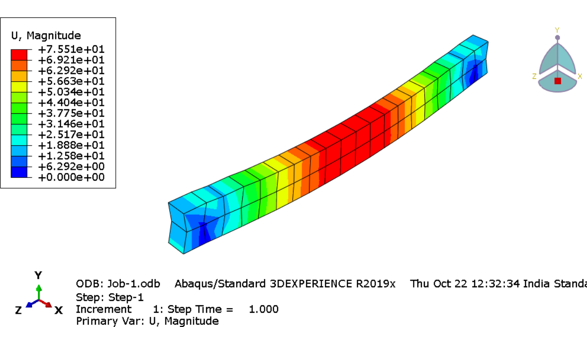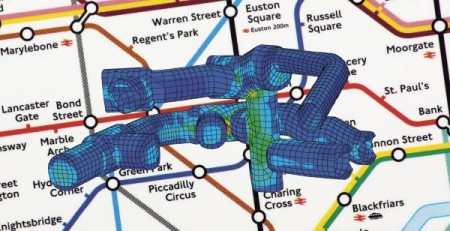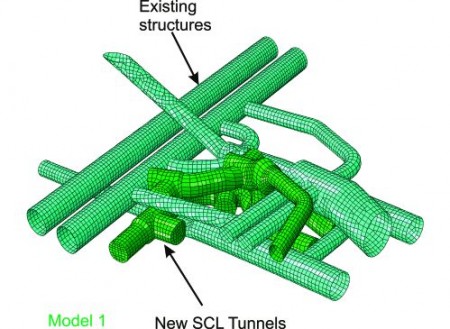Olympics Motto “Faster, Higher, Stronger – Together” inspires me while writing this article on Digital Dynamism. Olympics is an event that symbolizes unity and exuberance of the human spirit.
This is the same Olympic spirit which is needed for the organizations to adapt digital technologies and transform the consumer experiences with sustainable innovations in harmony with nature.
The term Faster would refer to agility of the organizations to improve and develop continuously. This could be improving faster time to market, scaling production capabilities, expanding the businesses into new horizons etc.Higher would refer to organization’s vision for ethical business practices and quality standards and productivity with a process-centric approach involving rich data collection, data-driven customer insights and business intelligence.Stronger represents organization’s performance through market and talent access and effective resource management. It can also connect with company’s IT infrastructure, data security and IP protection.The term Together brings in the value of greater collaboration across the organization as well as extended organization involving suppliers, partners, consultants and importantly the consumers.
Digital Dynamism carries the Olympic spirit in achieving unparalleled excellence focusing on sustainable innovations imbibing digital culture. Actors using the digital experience platforms can access latest and up-to-date information/ data on any device, anywhere and at any time. Key enablers like cloud technologies, industrial IoT, artificial intelligence fueled automations, machine learning and data analytics would play a pivotal role in bringing digital dynamism to the organizations.
In the manufacturing arena, digital dynamism can be perceived through IIoT and cyber physical systems’ enabled shop floors gathering critical data on the product, process and resources (machines, equipment and operators) leading to predictive analytics and maintenance. OEE (Overall Equipment Effectiveness) can be easily tracked and monitored for higher manufacturing productivity.
Finally, digitally skilled workforce can bring in the dynamic transformation in every industry segment improving the product, nature and life.
Dassault Systèmes’ 3DEXPERIENCE Platform is a digital experience platform for the organizations which helps in reimagining the products and experiences, and rethink business processes and operations. It connects people, ideas, data and solutions in a single collaborative environment empowering business – from start-ups to large enterprises, to innovate, produce and trade in entirely new ways.
The platform acts as a single version of truth to anchor outcome-based processes and capture all activities in one place. It securely connects individuals, teams, departments and external collaborators working together to transform ideas into innovative products, services and experiences.
For more details on digital dynamism and digital experience platforms, please write to info@edstechnologies.com or marketing@edstechnologies.com












